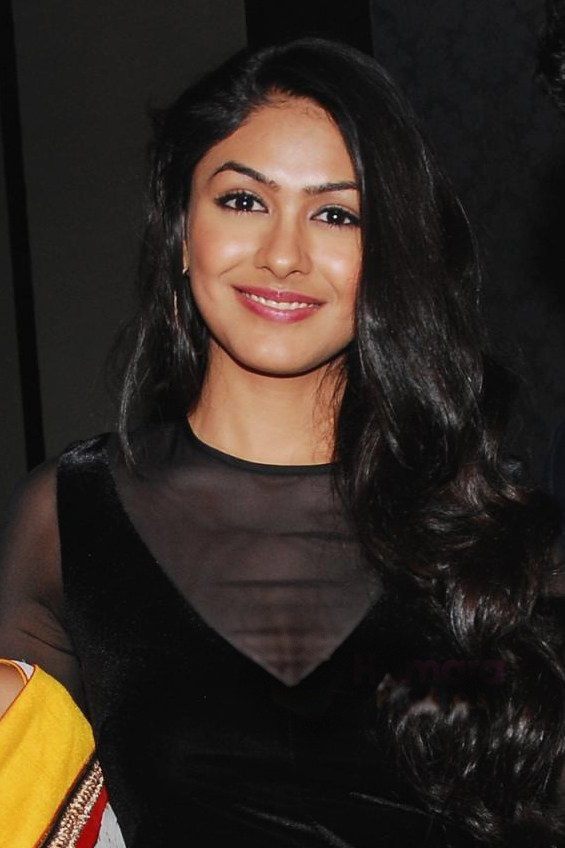Persian Music: A Refuge Amidst Turmoil for Iranians Abroad

As geopolitical instability continues to unfold in Iran, many individuals, particularly those of Bahá'í faith, find themselves grappling with the emotional weight of their ancestral homeland's challenges. Dellaram Vreeland, a musician based in Ballarat, Australia, shares her experiences of seeking solace in Persian music during these tumultuous times.
The backdrop of this narrative is a nation fraught with civil unrest and human rights violations, as reported by organizations such as Amnesty International. In a recent statement, Amnesty highlighted that Iranian authorities are intensifying their crackdown on dissent, with arrests of ordinary citizens and activists rising sharply (Amnesty International, 2023). This has created an environment of fear and uncertainty among the Iranian diaspora, many of whom are struggling to connect with a homeland they may never visit.
In her own reflections, Vreeland underscores how music serves as a vital bridge to her cultural roots. Listening to the haunting melodies of the Ballarat-based duo Zöj, featuring Iranian singer Gelareh Pour, she finds comfort in the lyrics that echo her homeland's history and desires. The Persian kamancheh, an instrument integral to traditional music, resonates deeply, providing a poignant reminder of the rich cultural heritage that continues to endure despite ongoing strife.
The significance of Persian music cannot be overstated; it is infused with layers of meaning that often reflect themes of love, longing, and spiritual exploration. Renowned for its ties to Sufism, a mystical branch of Islam, Persian music conveys messages of transcendence and unity. As Dr. Fatemeh Keshavarz, Director of the Iranian Studies Program at Washington University in St. Louis, notes, “Persian music is a vital expression of cultural identity that allows individuals to reconnect with their roots, especially in times of crisis” (Keshavarz, 2023).
Moreover, the historical context of Persian poetry, with figures such as Rumi and Hafez, adds depth to this musical experience. These poets, whose works date back to the 13th and 14th centuries, continue to inspire contemporary artists and audiences alike. According to Dr. John Smith, Professor of Persian Literature at the University of California, Berkeley, “The words of poets like Rumi provide not only literary beauty but also a framework for understanding human experiences, particularly in the face of adversity” (Smith, 2023).
As artists and musicians navigate the complexities of identity and belonging, their works reflect a collective yearning for freedom and peace. The recent protests in Iran, sparked by various socio-political issues, have galvanized a global response, with many artists using their platforms to advocate for change. The slogan, “Women, Life, Freedom,” has emerged as a rallying cry, resonating across borders and inspiring solidarity among diverse communities.
In this climate of uncertainty, music and art remain powerful tools for resilience and connection. Vreeland's assertion that art transcends boundaries is echoed by many in the diaspora who see it as a means to foster hope and unity, despite the distance that separates them from their homeland.
As the world watches the developments in Iran, the role of cultural expressions like Persian music will likely continue to grow in importance, serving as a reminder of the enduring human spirit and the quest for justice. In the words of Rumi, “Do not stray into the neighborhood of despair; for there are hopes: they are real, they exist” (Rumi, 13th century).
This ongoing narrative of struggle and artistic expression highlights the profound connections that exist between identity, culture, and the quest for freedom. As Vreeland and others find solace in their heritage, the power of music and poetry continues to illuminate paths toward healing and hope.
Advertisement
Tags
Advertisement





